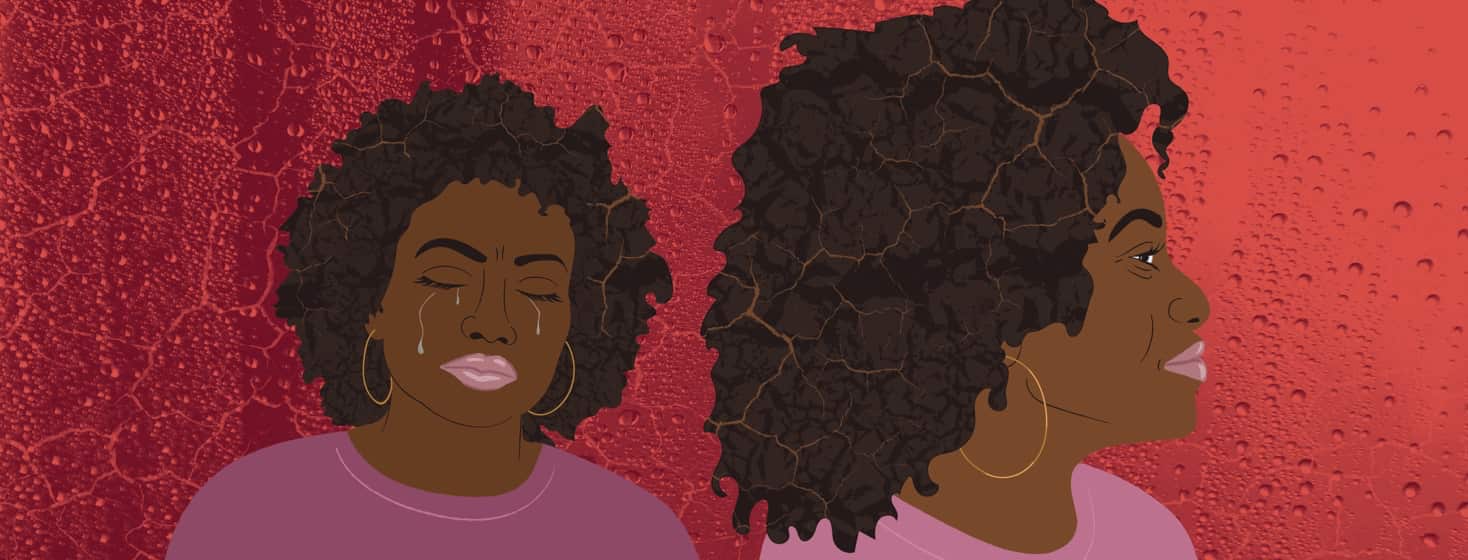Why Am I Crying?!!
Personally, I found it a challenge at times to manage my emotions after my second heart attack. I suffered from spontaneous bouts of crying, intrusive thoughts at random times, or even images of being intubated again. As context, I had two - the first one was an NSTEMI and the second was a widow-maker STEMI that left considerable carnage in its wake for me AND my family. I am sharing because I realize that we all come to heart failure in different ways; however, for those of us who come to it through a massive heart attack and might be at the beginning of their post-STEMI heart attack/ICU journey, I wanted to share what would have been nice to know then.
FYI these are not ALL of the things I experienced after my STEMI heart attack, so you may experience, or be experiencing, symptoms that are not discussed in this article. Also, if you have persistent symptoms you may want to consider speaking to a behavioral health specialist, therapist, or mental health professional. PTSD after trauma is no joke. I saw a few people after my heart attack, and continue to talk with a therapist. It helped me deal with PTSD and adjust to my new reality.
Spontaneous crying in my heart failure journey
Spontaneous bouts of crying do not mean that you are going crazy. I personally felt like I had lost control over my body, which to a degree was/is true and is something I had to adjust to. Spontaneously having these waves of sadness and crying was completely foreign to me; I was accustomed to seeing a sad movie and crying or crying at the funeral of someone I was close to. I was not used to waves of sadness and tears that, to me, seemed to come out of nowhere.
However, now several years later, I can look back and it makes sense. The loss and sadness, compounded with the trauma of a STEMI heart attack and all of the interventions that happened after that, which were out of my control, led to emotions that were too much for my body to handle. My cup was not full, it was overflowing, leading to emotions that bubbled up at times. Now, for instance, I certainly still have pangs of sadness and tears because of limitations and losses that have unfortunately not gone away. However, I have learned to listen to my body and my emotions are easier for me to understand and thus manage.
An example from my experience
Seeing friends and family with their little ones can be challenging since I've always loved little kids with their curiosity and innocence as they are figuring out this world, and wanted a big family, but I no longer have the energy to deal with their 24/7 needs, let alone multiple. I've come to accept this. However, after recently seeing our nephews ages 3 5, and 7 during the holidays, I started crying on our way home. I've learned to listen to my body, and the tears are a reaction to a true loss in my life. I've also learned the language around grief, and when I have sadness and/or tears around something, I can explain what I am sad about to my partner and we can grieve the loss together. This truly helps. While there is still sadness and loss, at least in my experience, the spontaneous nature has subsided.
Experiencing intrusive thoughts
Intrusive images were another symptom that was tough to deal with. I had reoccurring images of me on a ventilator, or my parents at my bedside saying goodbye again, among others, especially as I was trying to sleep. Not fun stuff. It seemed so logical at the time to ask myself why I was having these images that were causing me so much pain. It was like why was I was putting my hand on a hot stove again and again, as an example?! I cannot explain the biology behind it, but I will say that these intrusive images lessened over time as well. I wish that I knew at the time that I didn't really have much control over whether these images came to mind, and it wasn't my fault. There was nothing I could do to make them stop. Eventually, with time, space, and the work to accept and deal with the trauma, these intrusive images have lessened.
I hope this helps if you are experiencing similar symptoms, and maybe this article can help give you hope that there is light at the end of the tunnel.
Do you have a heart failure story? Click the button below to share with our community!

Join the conversation